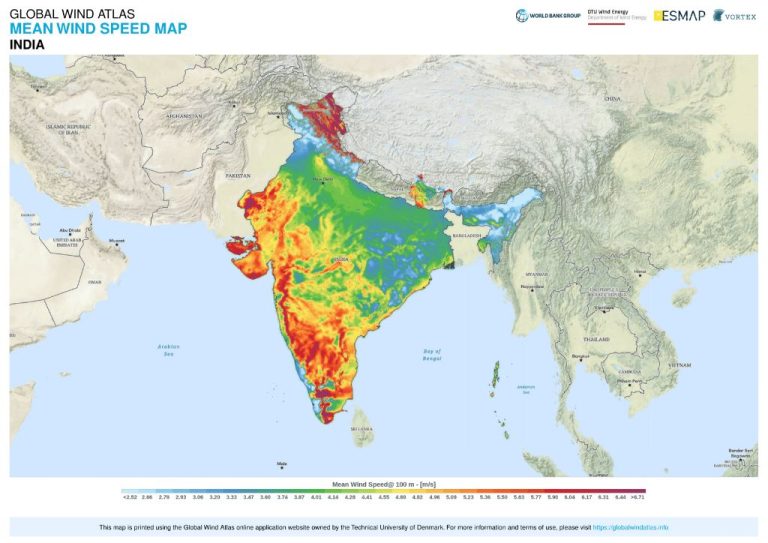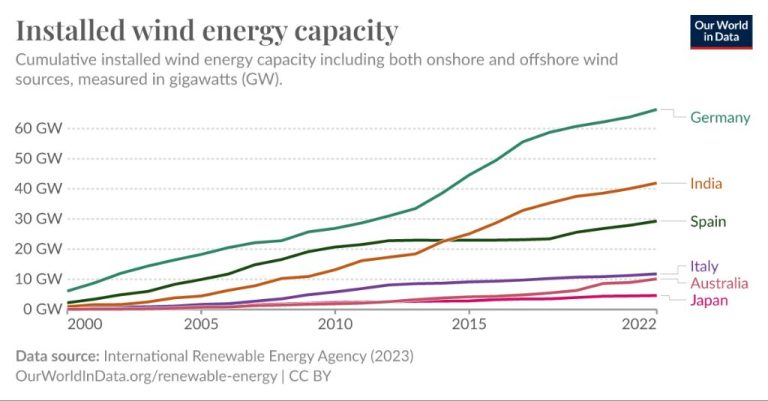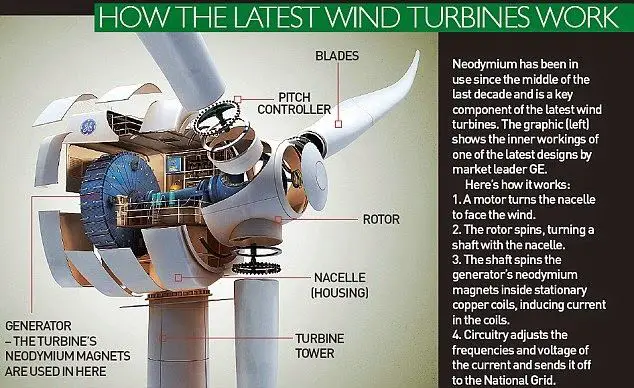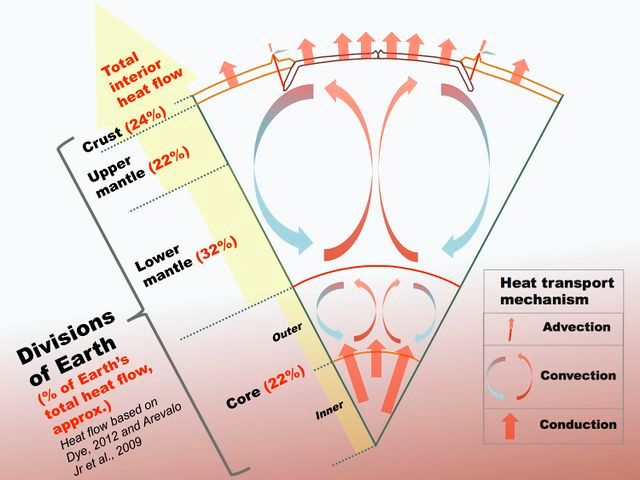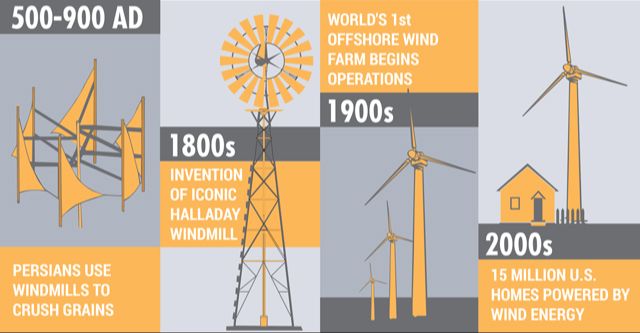What Things Are Powered By The Wind?
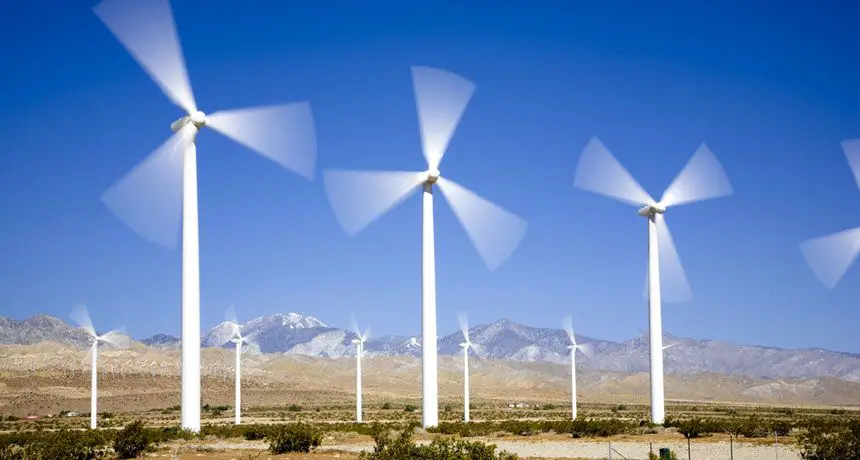
Wind power has become an increasingly important source of renewable energy worldwide. According to the U.S. Department of Energy, wind power capacity in the United States has increased over 10 times in the last 15 years (Source). Wind energy is clean, sustainable, and renewable, making it an attractive alternative to fossil fuels. As of 2021, wind power provided over 9% of total electricity generation in the U.S. and over 15% in states like Iowa and Kansas. With supportive policies and technological advances, wind power is projected to continue its rapid growth over the next few decades and play a major role in the global transition to renewable energy.
Wind Turbines
Wind turbines work on a simple principle: instead of using electricity to make wind—like a fan—wind turbines use wind to make electricity. When the wind blows, the blades of the wind turbine are forced round, which makes the shaft in the turbine spin. The spinning shaft can turn a generator to produce electricity. Modern wind turbines can operate at wind speeds as low as 3-4 meters per second (about 8 miles per hour).
Inside the body of the turbine, there is a drive train that includes various gearboxes and electrical generators. The gearboxes help optimize the rotational speed to generate electricity. The generators then convert that mechanical energy into electrical energy through electromagnetism. The electricity is sent through cables down the tower and exported to the electricity grid for consumption.
The most common type of wind turbine has a horizontal axis and two or three blades facing into the wind. The blades are aerodynamically designed to capture the maximum energy from the wind. They have a streamlined profile and are tapered and twisted. The turbines are mounted on tall towers to take advantage of faster wind speeds at increased heights.
According to the U.S. Department of Energy, a wind turbine can begin producing electricity when the wind speed reaches about 9-15 mph. It will produce its maximum power at speeds of about 30 mph. If the wind speed becomes too high, approaching 55 mph, the turbine will shut down to prevent damage. Modern turbines can operate for more than 20 years (1).
(1) https://www.energy.gov/eere/wind/how-do-wind-turbines-work
Wind Farms
Wind farms are large groups of wind turbines that generate electricity at scale. Some of the largest wind farms in the world include:
The Alta Wind Energy Center in California, USA is one of the largest onshore wind farms with an operating capacity of 1548 MW (Source). It has several hundred wind turbines across the Mojave desert.
The Gansu Wind Farm in China is the largest wind farm in the world with an installed capacity of over 6,000 MW (Source). It has thousands of wind turbines spread across the Gansu province.
Hornsea 1 in the North Sea off the coast of England is the world’s largest offshore wind farm at 1218 MW capacity (Source). It has 174 wind turbines across an area of approx 407 sq km.
Wind farms allow for the large scale generation of renewable electricity from wind power. The largest ones can produce enough electricity to power hundreds of thousands of homes.
Homes and Buildings
Many homes and buildings are now utilizing small wind turbines to generate electricity. These residential wind turbines are usually mounted on rooftops or placed in yards, and can provide a sustainable way for a home or building to generate its own clean energy.
Small wind turbines for residential use typically have power capacities of 10 kilowatts or less. They can be a practical way for homeowners to reduce their reliance on fossil fuels and lower their electricity bills. The size and number of turbines needed depends on factors like the home’s energy usage and wind speeds in the area.
Vertical axis wind turbines are one popular type of rooftop wind turbine, as they can work with wind coming from any direction. Home wind turbine kits are also available which include towers, turbines, inverters, batteries, and wiring. Installing a residential wind turbine requires permits and professional installation for optimal performance and safety.
While costs can be high upfront, residential wind turbines can provide years of free electricity once installed. They also increase a home’s value and sustainability. Government incentives like tax credits can offset some of the installation costs as well. Overall, small wind turbines are a viable option for eco-conscious homeowners looking to take their energy supply off the grid.
Schools
Many K-12 schools across the United States are turning to wind power as a way to offset electricity costs, provide hands-on STEM learning opportunities for students, and demonstrate leadership in sustainability (Wind for Schools | Clean Energy Research and Education). Small wind turbines in the 5-750 kW range are well-suited for powering school facilities, and several states have implemented grant programs to help schools finance turbine installations. For example, Iowa’s Wind for Schools program has helped install 13 school turbines since 2003, saving districts tens of thousands of dollars per year on energy bills (America’s Schools Use Wind Energy to Further Their Goals). In addition to power generation, school wind projects provide real-world education in science, technology, math, and environmental studies. Students can be involved in assessing wind resources, monitoring turbine performance, tracking cost savings, and more.
Manufacturing Facilities
Many manufacturing facilities today utilize wind power as a clean, renewable energy source. For example, some large wind turbine blade manufacturing plants are powered entirely by nearby wind farms (American Jobs Project, 2022). The electricity generated from wind turbines helps run the factory equipment and operations. Plasma surface treatment technology used in wind turbine blade fabrication can also be powered by onsite wind turbines (Plasmatreat, 2022). Wind power helps make the manufacturing of wind energy components more sustainable and efficient.
Major chemical and materials companies like Covestro are increasingly using wind power to produce their products and operate facilities. Switching to wind energy has allowed these types of industrial plants to significantly reduce greenhouse gas emissions (Covestro, 2022). Relying more on wind electricity creates a positive feedback loop – manufacturing wind power technology with wind power itself. Wind energy is becoming an integral part of powering efficient, lower-emission manufacturing.
Ships
Wind power has been used to propel ships for thousands of years in the form of sails. In recent years, there has been a resurgence in developing wind propulsion systems for cargo ships in order to reduce emissions and fuel costs. Some examples of modern wind-powered ships include:
The Oceanbird is a concept cargo ship designed by Wallenius Marine. It uses rigid sails that are 80 meters tall to harness wind power. Oceanbird could potentially reduce emissions by 90% compared to conventional cargo ships (Source).
The Pyxis Ocean is a wind-hybrid product tanker that uses rotor sails and automated navigation to lower fuel costs. It performed test voyages successfully in 2020 (Wikipedia, 2022).
Wind-assisted propulsion is also used on passenger ships like the Wind Star, Wind Surf and Wind Spirit to reduce engine load and emissions. These cruise ships use computer-controlled sails to supplement engine power.
Overall, wind power is being reimagined for the modern cargo and passenger ship industry as a renewable, low-emission method of propulsion. Innovative rigid sails, rotor sails, kites and other technologies can work alongside engines to create greener shipping.
Agriculture
Wind power plays an important role in agriculture by providing a clean, renewable energy source for powering equipment and machinery. According to Renewtech, wind turbines can provide energy independence for agricultural facilities by enabling them to generate their own electricity (Renewtech). This allows farms to take control of their energy usage and reduce dependence on the grid.
Wind power brings several benefits for agricultural applications. Wind pumps can draw water from underground wells and aquifers to irrigate crops and provide drinking water for livestock. Wind turbines can generate electricity to power equipment like irrigation systems, milking machines, refrigeration units, and processing equipment (Lolaapp).
However, implementing wind power on farms requires upfront investments in wind turbines and ongoing maintenance costs. Farmers must weigh these expenses against the long-term savings from self-generated electricity (Albanito et al.). With smart planning and positioning, wind power can provide a sustainable energy source for diverse agricultural needs.
Public Transportation
Wind power is increasingly being used to run public transportation systems through electric trains, trams, buses, and ferries. Mass transit systems powered by wind energy provide clean, sustainable transportation options for cities and reduce greenhouse gas emissions. Major cities like London, Sydney, and Vancouver now run electric buses charged from renewable energy sources including wind power. In the Netherlands, the country’s first wind-powered train began operating in 2017 along a busy commuter line. Using electricity generated by wind turbines, the train emits 70% less carbon dioxide than conventional diesel trains.
Wind-powered mass transit helps cities meet emissions reductions goals and transition to greener transportation networks. For example, one study found powering Sydney’s entire bus fleet with renewable energy from wind farms could cut the system’s carbon footprint by 90% (Assessing the Role of Wind Turbines in Sustainable Transportation Infrastructure, https://energy5.com/assessing-the-role-of-wind-turbines-in-sustainable-transportation-infrastructure). As wind generation expands globally, harnessing this renewable resource to electrify buses, trains, trams and ferries offers a promising path to sustainable public transportation.
Conclusion
In summary, wind power has seen tremendous growth over the past few decades and is poised to play an even bigger role in the future. According to sources, wind power could supply over one-third of the world’s electricity by 2050. Experts predict wind will become the number one source of renewable energy due to improvements in turbine technology, lower costs, and global demand for clean energy. The future is bright for both onshore and offshore wind farms as more capacity is added each year. Wind power’s environmental benefits, abundance, and cost-competitiveness with fossil fuels will enable it to gain an increasing share of electricity generation. With supportive policies and public engagement, wind energy can realize its vast potential and deliver reliable clean power to communities across the world.

